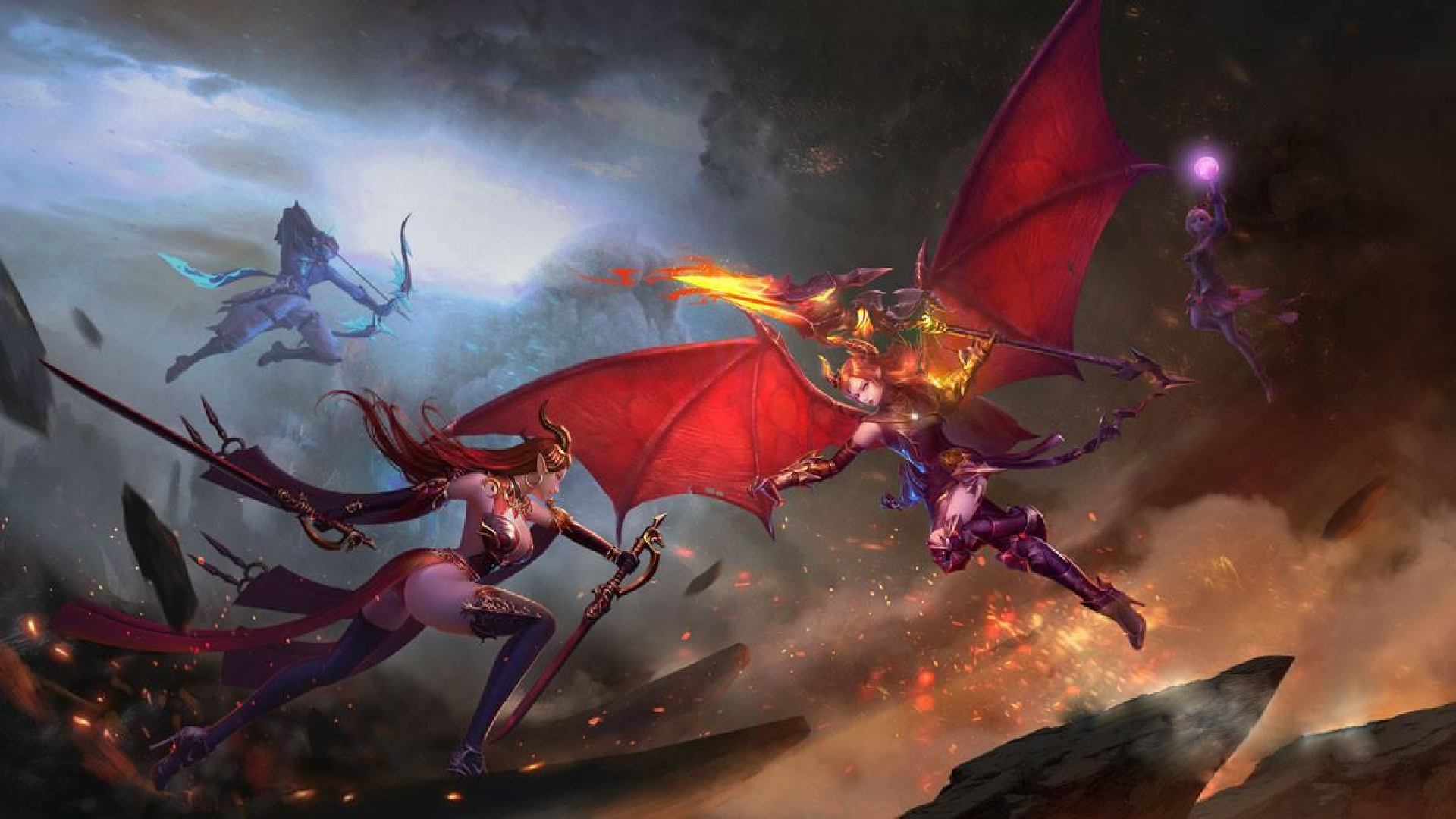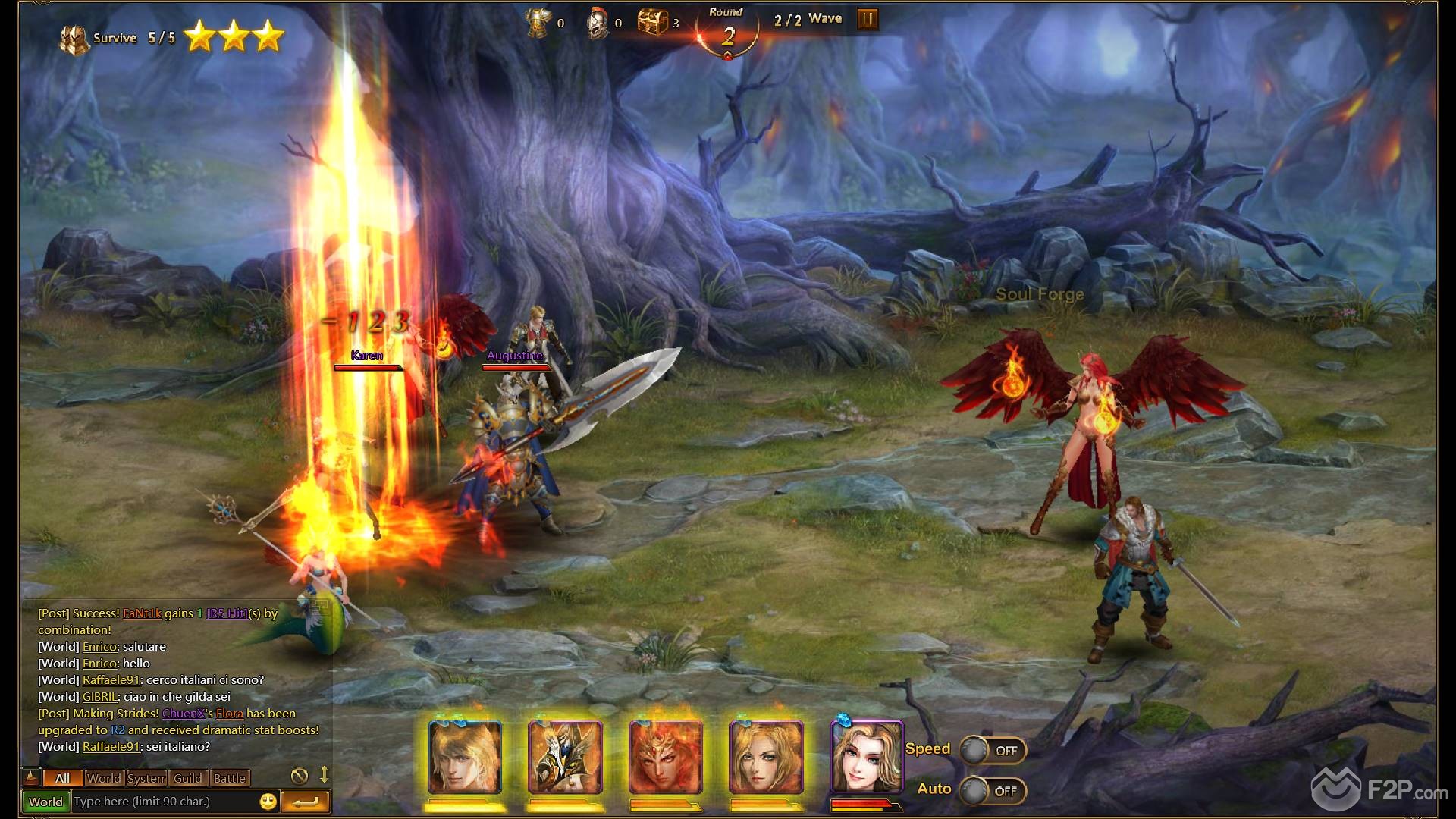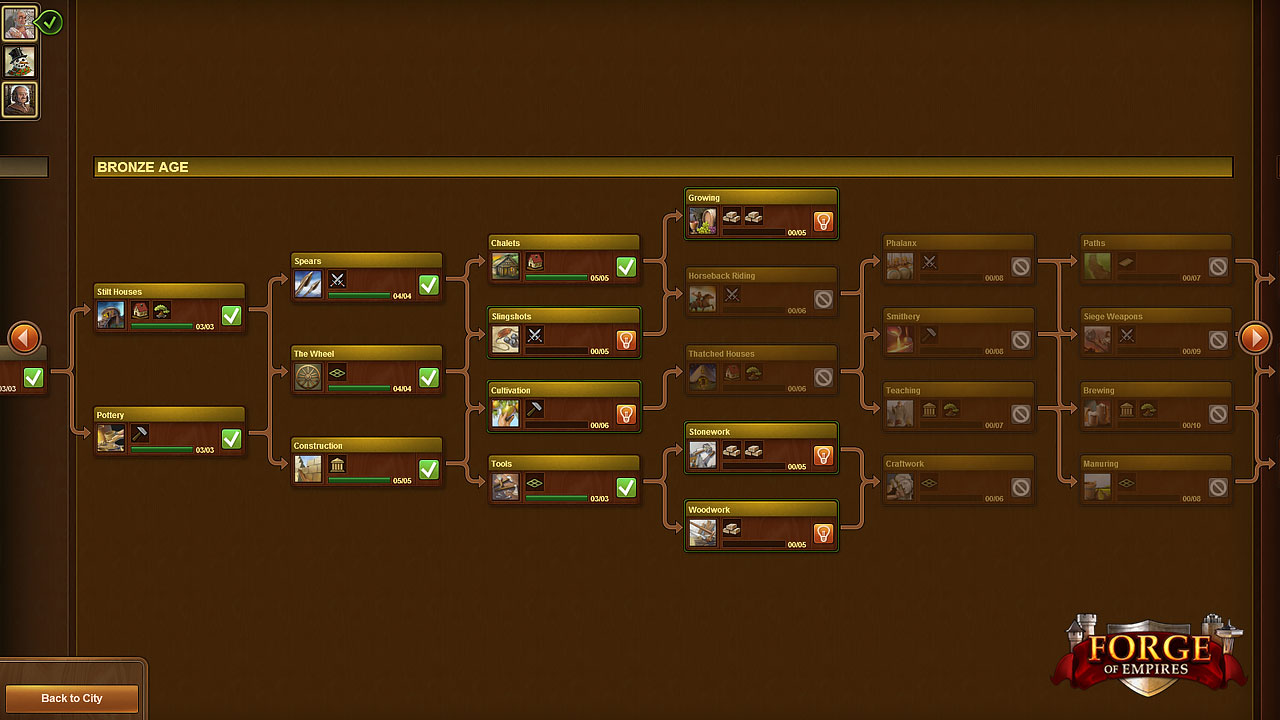Last month Gameforge finally brought Soulworker to western shores. After getting an early glimpse of the game back at
Gamescom 2017, I’d been waiting almost a year for another taste of this colorful MMO. Now, with the equally animated Closers already unleashed on the masses, I logged into Soulworker to check out the competition.
For the uninitiated, Soulworker is an anime-inspired MMORPG that has, like so many other eastern titles, been imminently incoming for far too long. It combines the kind of hyper-stylized aesthetic and flashy combat systems that makes it uniquely appealing to those of us whose wallets are firmly wedged beneath the heal of Bandai Namco’s latest console license. Thankfully for me, picking up Soulworker doesn’t have to interfere with my extraneous spending on the latest Sword Art tie-in or another Evangelion model. Gameforge’s latest game is a free to play affair which means that giving it a go should only require a time investment.
Logging into Soulworker, it is apparent that its aesthetic is one of its most prominent features. The heavily stylized, cell shaded graphics are full of bright colors and bold lines. This might not be any Studio Trigger masterpiece, but the population of Soulworker could be ripped straight from the cells of a top-tier anime studio. Everything from the playable characters, the corgis that roll over and beg for attention, to the enormous boss battles that await are an impressive delight. Soulworker’s deeply apocalyptic narrative is set against some of the flashiest animations that I have seen, and this outrageous style just calls out to every inch of my inner Otaku.

The Same Old Story
It is not just the graphics that take a cue from eastern animation. Jumping into Soulworker, it becomes evident that the overarching narrative is going to be fairly derivative affair. Like so many manga or anime, this game revolves around a young adult who suffers a very personal tragedy. Falling into a coma, you awake years later to a world decimated by war. Unidentified monsters lay waste to everything around them and you quickly emerge as a reluctant hero, a Soulworker. These unwitting teens can, in typical Shonen fashion, manifest an inner power. This allows protagonists to perform incredible feats and places an extraordinary burden upon their shoulders. It is a common story arc among this form of media and follows our reluctant hero as they struggle to find their place in an unfamiliar world.
Anybody used to the seasonal slog through Japanese periodicals will be familiar with this trope and like the soap operas that drown day time TV, it is not something that is inherently problematic. Effective writers can craft characters that are both likable and engaging. In a move to make the game’s story more emotionally relevant, Lion games have limited things to four playable characters. Haru, Erwin, Stella, and Lily are the four teenagers that present themselves to players when they first log in.
Character Tropes
Each of the four playable characters in Soulworker has their very own backstory and journey. It is a pity that, although their journey is actually reasonably well written, it is very text heavy. In an age where cut scene narratives and anime voice actors are commonplace, this leans a quite heavily on quest text to deliver a narrative that fits the genre tropes without feeling like a supplementary bolt on to the game. I did also find that the quality of translation seems to be pretty high. Dialogue generally makes sense and characters are engaging, all with a particular personality that seems to overcome the walls of text.
Each of the main characters also represents four very distinct styles of play, from Haru’s fairly intuitive swordplay to Stella’s more complex musical accompaniment. Each of these four has a refreshing and unique appeal, but character customization, on the other hand, feels extremely restrictive. While a broader design decision binds many game systems to each hero, it is abundantly clear that the number of customization options is disappointing. As I noted during my initial impressions, games like Black Desert Online allow players to manipulate individual strands of hair, choosing from millions of potential permutations. Soulworker, however, provides a handful of preconfigured hairstyles, eye colors, skin shades. This is a disappointingly lackluster introduction to a game that frankly deserves a better opening salvo to hook players.

Content Delivery
If the character customization is off-putting, I would urge you to push on. It won’t be long until you bump into yourself in Rocco Town, the first in a series of areas that make up Soulworker. Like En Masse’s Closers, Soulworker divides content into a series of player hubs, adequately populated by all the requisite NPCs and full of relevant quests to get you started. Rather than build a massive sprawling world to house Soulworker’s story, Lion Games segregates content into a series of dungeons that surround player hubs. This immediately draws comparisons to Closers and it is not entirely unfair. Soulworker is not the vast open world MMORPG that we have come to expect from AAA releases, but nearer to a massive online dungeon crawler.
Coupled with the corners cut in the character creation, this could be a low reach solution to producing a massive open world experience. In reality, it provides plenty of PvE content that players can easily consume. Dungeons come in three modes, Normal, Hard, and Manic. Each of these play host to a colorful variety of trash mobs and boss encounters that manage to feel constantly unique. Whether it is a construction yard full of stoic golems or a suburban street invaded by evil clowns, none of these instances are particularly egregious in terms of difficulty. Neither, do they require a ridiculous time investment. If you only have 15 minutes, you can still log into Soulworker, achieve something, grab some loot, and move on.
Cutting Through
Stepping into a dungeon and engaging in combat is where Soulworker really starts to shine. The hyper-stylized aesthetic and interesting enemy encounters come a close second to the game’s flashy moves and fantastic combat. Characters traverse the world using a fairly standard WASD movement system, with a primary and secondary attack bound to the mouse buttons. Attacks are augmented by a series of skills that decorate the bottom of the screen, with this limited skill set bound to a series of numeric keys. This all might seem somewhat formulaic, until you start to slice through enemies for the first time. Soulworker blends a dynamic combo system and free-form combat to bring the sort of unrelenting aggression that made Blade & Soul such a breath of fresh air when I first experienced it. Skills can be stacked together to create a series of effective and flexible combos, allowing players to build their own particular style of play. Combat simply flows. It is dynamic and engaging, decorated with the sort of flashy effects that make you feel like an utter bad-ass.

Getting There & Back Again
Progression in Soulworker, unfortunately, involves slicing through a great deal of these same enemies. While individual dungeons are all refreshingly different challenges, it is necessary to grind these same encounters. A relatively shallow leveling curve tends to leave players decidedly under-prepared when following the main quest line. Coupled with a level gating system, this forces players to chase the story content, returning to dungeons top grind out experience. This is somewhat disappointing and detracts from an otherwise solid progression system.
As you would expect, leveling in Soulworker empowers players with a level of power creep. Specifically, each level unlocks skill points. These skill points are used to unlock and max out a series of passive and active skills. Coupled with the combo system, this gives players great flexibility in the way they play, even within the confines of each character’s obvious role.
This is bolstered by one of Soulworker’s more unique progression traits, the Akasha cards. Generally, but not always, collected as content rewards, these cards manifest a trait of an NPC, object, or monster in Soulworker. Increased retaliation, a small chance of HP regeneration, or increased attack are some of the bonuses that slotting Akasha cards can provide. With only five available card slots, this collection of traits, much like the game’s more traditional title system, gives players the option to nudge overall playstyle in a specific direction.
It's All About the Fashion
Player stats are just as important in defining a playstyle in this particular game and are generally tied to gear. Gear progression systems do not obfuscate anything unnecessarily. Items can be looted, crafted, salvaged, upgraded, and enhanced in an intuitive manner that tends to keep out of the way of the game’s real reward system, fashion. Outside of the crazy boss designs and great combat systems, I find myself coming back to Soulworker for the fashion. Achievements, dungeon loot, daily quests, log in rewards, and zone progression all provide rewards that allow you to get your hands a plethora of new clothes. Gear might be all about stats, but the blueprints that craft new clothes are far more desirable. Crafting is not the only way to get a new appearance, but in all instances, it is one of the major incentives to go grind another dungeon.
This is one of the few ways of making your own character unique among the gaggle of Haru and is one of the primary reasons I find myself running just one more dungeon. Dozens of cool outfits and accessories fill the crafting station. Although the amount of underwear on offer raises more than a few questions. It has even successfully parted me and my real life cash, to my shame.
Actually, It's All About the Money
Being a free to play game, Soulworker, quite reasonably, has a cash shop system. The more weak-willed fashionistas will likely dabble in at least a little spending, and a healthy selection of cosmetic items, buffs, revive tokens, and VIP packages are stocked here. To its credit, Soulworker appears to have no hint of loot box gouging, which is far too common. While I might have some umbrage with the cost of certain items, the cost is clear and nothing here is game-breaking. VIP packages even prove to be an extremely useful mix of perks, wrapping instant teleportation, loot enhancements, and increased gold drops in an enhanced experience booster. Purchasing VIP packages does, however, bring an anomaly of Gameforge’s cash shop into sharp focus. An obvious imbalance between the price of specific items, like VIP packages, and the denominations of Soulcash on sale seems to exist. A number of high-value items appear to be priced in a manner that either entices players to trade up, and buy a large stash of in game currency, or put the credit card away.
The monetization model in Soulworker is far from game breaking, just oddly misaligned. The high cost of items and the denomination of cash shop currencies means players wanting to support the game may end up feeling discouraged from parting with their cash. It’s an odd setup, but one that can easily be tweaked over time to reach a more reasonable balance.

Heart & Soul
On balance, my time with Soulworker has been one of the most enjoyable experiences I’ve had with this type of game. It presents a fairly standard instanced experience and wraps it up in absolutely gorgeous graphics. From the moment a typically melancholy soundtrack drifts over the opening splash screen to the dungeons filled with ridiculous monsters, this game knows its audience and splashes all the relevant tropes all over the screen. Battle builds on this further. Combat looks incredible and the fluid movement turns the trudge through dungeons into a deadly dance. When Gameforge does finally deploy PvP, housing, and finish tweaking the game’s numbers, they will be onto a sure thing. If you want to swing a six-foot sword through your enemies then Soulworker is out now via
Gameforge and
Steam.













































